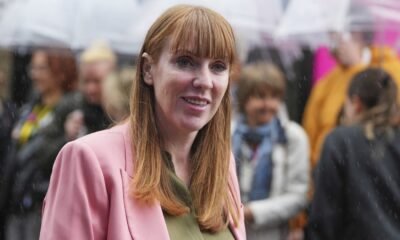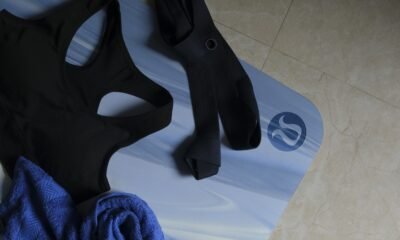Top Stories
Delta Air Lines (DAL) 2Q 2025 earnings

A Boeing 767-332(ER) from Delta Air Lines takes off from Barcelona El Prat Airport in Barcelona on Oct. 8, 2024.
Joan Valls | Nurphoto | Getty Images
Delta Air Lines cut its 2025 profit forecast as it deals with lower-than-expected demand this year and the industry manages a glut of flights, but the carrier’s outlook for summer travel beat Wall Street’s expectations.
Bookings have since stabilized, CEO Ed Bastian said in an interview, though at lower levels than the airline expected at the start of the year.
“People are still traveling,” Bastian said. “What they’ve done is they’ve shifted their booking patterns a little bit. They’re holding off making plans until they have they’re a little closer in to their to their travel dates. And so that’s shifted some of our bookings and yield management strategies.”
Delta, the first of the U.S. airlines to report results, expects adjusted earnings per share of between $1.25 and $1.75 in the third quarter, compared with Wall Street analysts’ forecast for $1.31 a share. It also said it expects revenue that’s flat to up 4%, topping forecasts for a 1.4% sales increase.
Delta shares jumped more than 10% in premarket trading after releasing results. Other airlines’ shares also rose after Delta’s report.
Delta expects adjusted full-year earnings of $5.25 to $6.25 a share, down from a forecast in January of more than $7.35 a share, when Bastian predicted 2025 would be the carrier’s best year ever.
In April, Delta said it couldn’t reaffirm that forecast as on-again-off-again tariffs and hesitant consumers dented bookings. Rival U.S. carriers also pulled their guidance, and Delta and other airlines have announced plans to cut flights after the summer peak.
That includes trimming capacity outside of top travel periods, including what Bastian described as “surgical” cuts after the peak summer travel season ends around mid-August.
Here’s how the company performed in the three months ended June 30, compared with what Wall Street was expecting, based on consensus estimates from LSEG:
- Earnings per share: $2.10 adjusted vs. $2.05 expected
- Revenue: $15.51 billion adjusted vs. $15.48 billion expected
Delta posted strong growth from sales of higher-priced seats like first-class and from its lucrative American Express partnership, which increased 10% in the second quarter from the same period last year to $2 billion. Airlines have become more reliant on travelers who are willing to spend more to fly rather than more price-sensitive consumers.
While fares have dropped across the U.S., Delta’s premium-product revenue rose 5%, while sales from the main cabin fell 5% from last year. Its total revenue per seat mile, a measure of how much an airline is bringing in for the amount it flies, fell 4% in the quarter.
Bastian said Delta is prepared to continue updating its premium products.
“Whether it’s the Delta lounges or the quality of the product on board, the premium products have had life cycles … and what we thought was state of the art six or seven years ago no longer is,” he said. “We’re continuing to upgrade and update it.”
Corporate travel has also stabilized, but it’s in line with last year, not the 5% to 10% growth Delta expected at the start of the year, Bastian said.
In the second quarter, Delta posted adjusted revenue of nearly $15.51 billion, up 1% from a year ago. Its net income in the three months ended June 30 totaled $2.13 billion, or $3.27 a share, up 63% on the year. That compares with net income of $1.3 billion, or $2.01 a share, in the same period last year. Adjusting for one-time items, its per-share net income was $1.37 billion, or $2.10 a share.
Top Stories
US Navy Seals killed North Korean civilians in botched 2019 mission, report says | North Korea
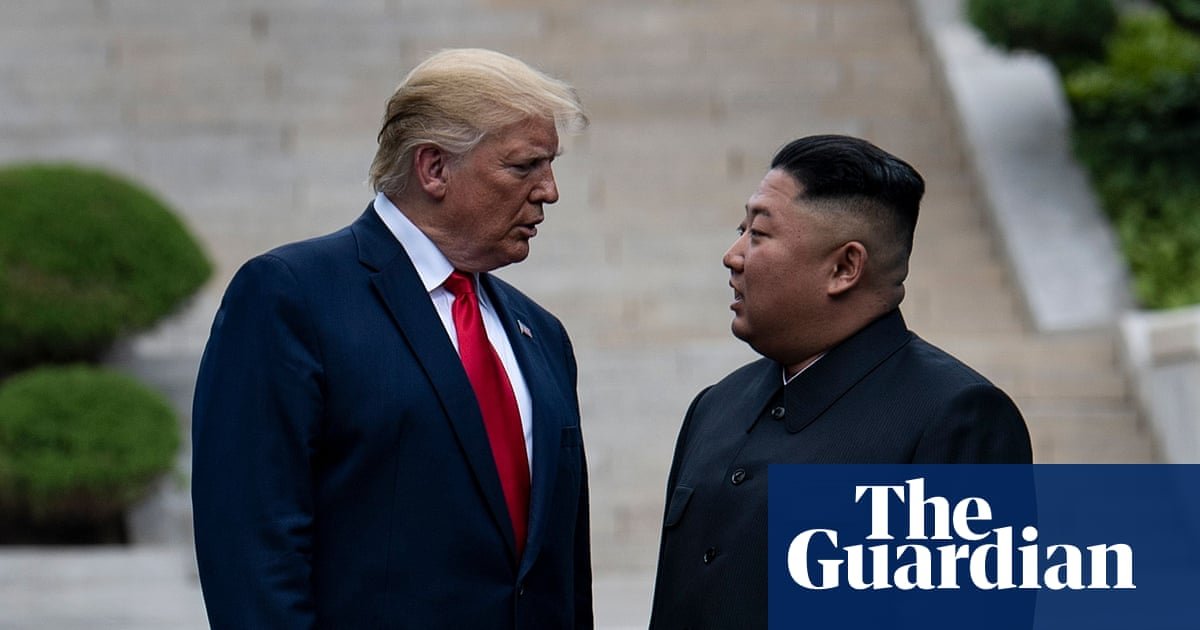
US Navy Seals shot and killed a number of North Korean civilians during a botched covert mission to plant a listening device in the nuclear-armed country during high-stakes diplomatic negotiations in 2019, the New York Times reported on Friday.
Citing unidentified sources, including current and former military officials with knowledge of the still-classified details, the newspaper said Donald Trump approved the operation during his first administration, as he was involved in historic talks with the North Korean leader, Kim Jong-un.
The plan was designed to fix a “blind spot” in US intelligence that would allow the US to intercept the North Korean leader’s communications, potentially giving Trump an advantage ahead of the summit between the two leaders in 2019.
But it unraveled when the detachment of Navy Seals came across North Korean civilians who appeared to be diving for shellfish, the Times reported. The American forces opened fire, killing all those on the small fishing vessel, the report said, without specifying the number of casualties.
Neither the US nor the North Korean government has made the botched operation public. Before approving the plan, the White House had been concerned that even a small military action against North Korea could provoke a “catastrophic retaliation”.
A classified Pentagon review later concluded the killings were justified under the rules of engagement, the report said.
In 2019, the Seals were dispatched to North Korean waters in a nuclear-powered submarine, and then deployed in two mini-subs in frigid waters to reach the shore. A group of eight Seals were then supposed to sneak past North Korean border forces, install the device, and then escape undetected. However, the operation was disrupted by the attack on the civilians, and the Seals left without installing the device.
The newspaper also revealed that the plan was based on a similar 2005 operation approved by George W Bush.
The White House, the Pentagon and the US embassy in Seoul did not immediately respond to requests for comment on the report.
Since Trump’s last summit with Kim in 2019, talks have fallen apart and North Korea has forged ahead with its nuclear weapons and ballistic missile program.
Trump this week said that US forces had killed 11 people in a strike on a boat in international waters that he claimed was carrying drugs to the United States. The White House has released few details about the operation, which it claimed targeted members of Venezuela’s Tren de Aragua gang.
Top Stories
David Lammy named UK deputy prime minister amid Labour Party turmoil | Government News
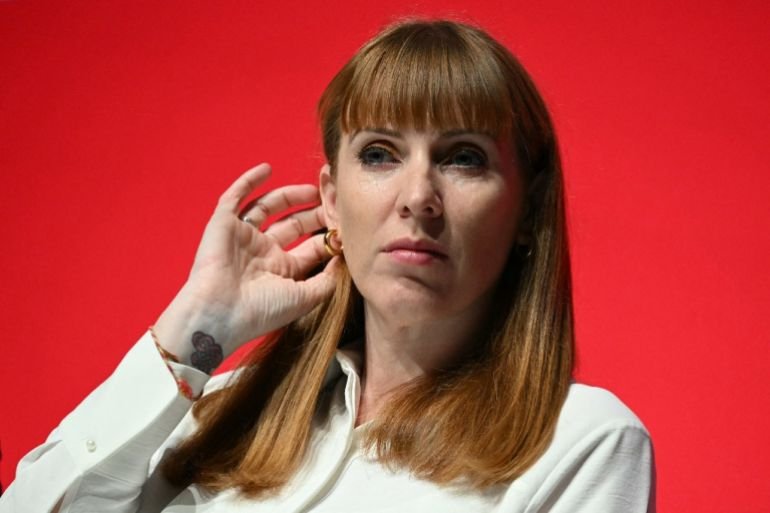
Lammy appointment follows resignation of left-wing champion Angela Rayner, who stepped down over a tax scandal.
Published On 5 Sep 2025
United Kingdom foreign minister David Lammy has been appointed as the country’s new deputy prime minister, replacing Angela Rayner after she resigned amid a tax scandal.
Rayner’s resignation on Friday for breaching ministerial code after underpaying tax on her flat prompted a major cabinet reshuffle, with Lammy’s elevation to deputy prime minister among a raft of new appointments.
Recommended Stories
list of 3 itemsend of list
The departure of Rayner – a figure viewed by many as a ballast of the left and a potential successor to Prime Minister Keir Starmer – has created turmoil in the Labour Party, which now trails hard-right firebrand Nigel Farage’s Reform UK party in national polls.
In a letter to Starmer on Friday, Rayner conceded she “did not meet the highest standards” and would resign from her roles as housing minister and deputy leader of Labour.
“I deeply regret my decision to not seek additional specialist tax advice,” she said, having last week admitted to underpaying a surcharge on the flat. She said she took “full responsibility for this error”.
Starmer, whose government has endured a series of crises since taking power in July 2024, replied that he was “very sad” to lose her from government, but added: “You will remain a major figure in our party.”
“In losing her, Keir Starmer loses perhaps the closest link the Labour Party has to its working-class roots,” reported Al Jazeera’s Jonah Hull from Birmingham in the UK.
Starmer’s reshuffle also saw Yvette Cooper moved from the interior ministry to replace Lammy as foreign secretary, the prime minister’s office said. Shabana Mahmood, who was justice secretary, replaces Cooper as home secretary; while Lammy now takes on the role of justice secretary in addition to his position as deputy prime minister.
House of Commons leader Lucy Powell and Scotland secretary Ian Murray confirmed in statements on Friday that they were leaving government, following earlier reports they had been fired.
In a post on X, Powell said Starmer had told her he intended to replace her with a new Commons leader.
“This has not been an easy time for the government. People want to see change and improvements to their difficult lives,” Powell said.
A Statement from me: pic.twitter.com/5NmhJeKDRV
— Lucy Powell MP (@LucyMPowell) September 5, 2025
‘Complexity’ in Rayner tax scandal
Rayner disclosed on Wednesday that she had underpaid so-called stamp duty on a seaside flat in southern England following days of reports suggesting that she had saved 40,000 pounds ($53,000) by removing her name from the deeds of another property.
After looking into the case, ethics chief Laurie Magnus said the rules “entailed a considerable degree of complexity” and recognised that Rayner had twice been advised that the lower rate of stamp duty was applicable.
That advice, however, was qualified by the admission that it did not constitute expert tax advice.
Rayner’s failure to seek further guidance meant she “cannot be considered to have met the highest possible standards of proper conduct”, said Magnus.
Rayner, who became a single mother at the age of 16 after growing up in poverty, worked her way up from the shop floor as a union representative, forging a lifelong involvement with the Labour Party.
Often tipped to become Labour leader one day, she has been a top target for political attacks by the Conservatives and right-wing media.
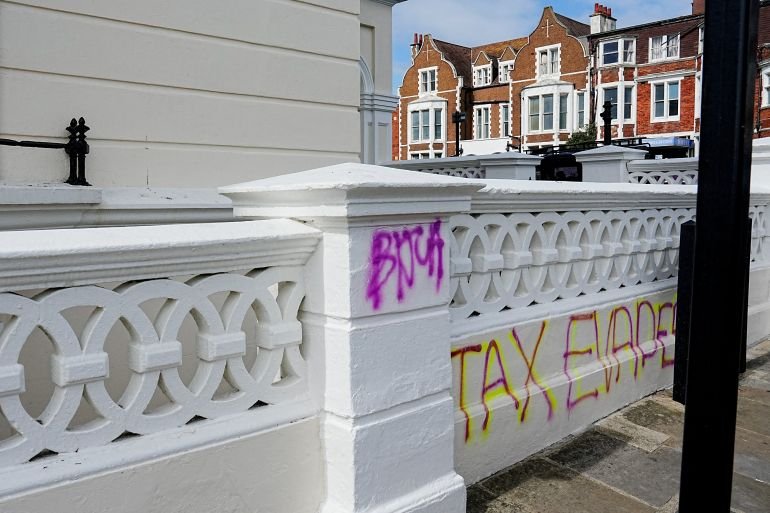
Top Stories
EU slaps Google with €2.95B fine despite Trump trade threat – POLITICO
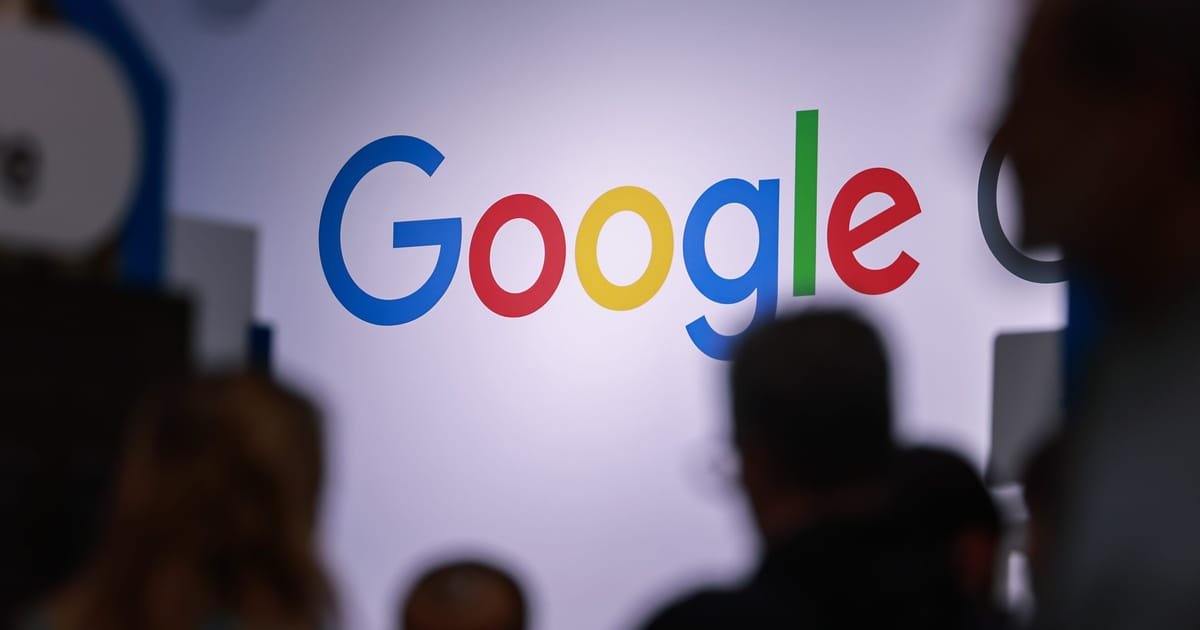
The Commission’s multibilllion-euro fine falls short of the €4.34 billion fine the EU executive slapped on Google in 2018 over abuse of dominance related to Android mobile devices, but is higher than the €2.42 billion fine the firm faced for favoring its own comparison-shopping service in 2017.
The Commission’s decision comes as a parallel case before the U.S. courts will soon come to trial.
In April, a U.S. federal judge found that Google had illegally maintained a monopoly in display search advertising, and a trial is scheduled to begin Sept. 22.
The U.S. government is seeking a divestment of Google’s assets in that trial.
In a statement, Google’s Global Head of Regulatory Affairs Lee-Anne Mulholland said that the firm will appeal the Commission’s decision.
“It imposes an unjustified fine and requires changes that will hurt thousands of European businesses by making it harder for them to make money,” said Mulholland.
This story has been updated.
-

 Business1 week ago
Business1 week agoThe Guardian view on Trump and the Fed: independence is no substitute for accountability | Editorial
-
Tools & Platforms3 weeks ago
Building Trust in Military AI Starts with Opening the Black Box – War on the Rocks
-

 Ethics & Policy1 month ago
Ethics & Policy1 month agoSDAIA Supports Saudi Arabia’s Leadership in Shaping Global AI Ethics, Policy, and Research – وكالة الأنباء السعودية
-

 Events & Conferences4 months ago
Events & Conferences4 months agoJourney to 1000 models: Scaling Instagram’s recommendation system
-

 Jobs & Careers2 months ago
Jobs & Careers2 months agoMumbai-based Perplexity Alternative Has 60k+ Users Without Funding
-

 Education2 months ago
Education2 months agoVEX Robotics launches AI-powered classroom robotics system
-

 Funding & Business2 months ago
Funding & Business2 months agoKayak and Expedia race to build AI travel agents that turn social posts into itineraries
-

 Podcasts & Talks2 months ago
Podcasts & Talks2 months agoHappy 4th of July! 🎆 Made with Veo 3 in Gemini
-

 Podcasts & Talks2 months ago
Podcasts & Talks2 months agoOpenAI 🤝 @teamganassi
-

 Education2 months ago
Education2 months agoMacron says UK and France have duty to tackle illegal migration ‘with humanity, solidarity and firmness’ – UK politics live | Politics






